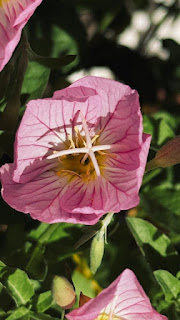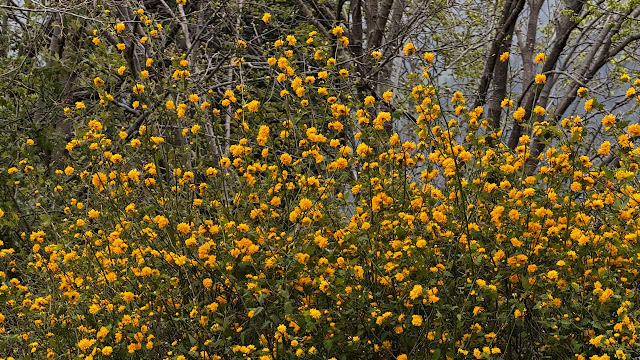Petrea volubilis – Queen's Wreath / Sandpaper Vine (ملکہ بیل / رگڑ پتا بیل)
– Cascading violet-blue flower chains, – Sandpaper-textured leaves,
– Fast- growing, heat -tolerant climber
🌿 Botanical Name: Petrea volubilis (PEE-tree-uh voh-LOO-bih-lis)
🌿 Family: Verbenaceae (ver-BEE-nay-see-ee)
🧊 Hardiness Zone (USA): 9–11
📏 Height: 15 to 40 feet with support; a sprawling or climbing woody vine
🍃 Foliage: Rough, coarse, green leaves with a sandpaper-like texture; evergreen in warm climates and often semi-evergreen in Lahore winters
🌸 Flowering Period (Lahore/Punjab):
March to May; a second lighter flush may appear in late summer.
Large cascading wisteria-like flower clusters of violet to lavender stars, with a papery calyx that remains ornamental even after bloom
🌼 Companion Plants:
-
Bougainvillea – for vibrant, sun-loving climbers
-
Thunbergia grandiflora – blends well with blue shades
-
Clerodendrum splendens – for bold red contrast
🏡 Garden Usage:
Ideal for pergolas, archways, and fences; creates dramatic flower curtains when trained over trellises or old trees
🍈 Fruition:
Small, dry nutlets may form post-bloom, though not ornamental; not grown for fruit
🌱 Soil:
Prefers fertile, well-drained loamy soil; tolerates poor soils if drainage is good
⚖️ pH Value:
6.0–7.5 (slightly acidic to neutral)
💧 Water:
Moderate watering needed; drought-tolerant once established; avoid waterlogging
🌡️ Temperature:
Thrives in Lahore’s climate; tolerates 20–42°C. Slight leaf drop may occur in extreme winter cold (below 5°C), but recovers in spring
☀️ Location Preference (sun or shade):
Full sun – needs 6+ hours of sunlight daily for best flowering
🌾 Propagation:
Best by semi-hardwood cuttings in spring or early summer; seeds also viable but slow to establish
🐛 Pesticides: Occasionally prone to mealybugs and spider mites in dry conditions—treat with neem oil or insecticidal soap
🌻 Fertilizers: Balanced NPK (10-10-10) monthly during growing season; organic compost enhances flowering
🦋 Attractiveness to Wildlife: Attracts butterflies and bees; a favorite among pollinators during peak bloom
💡 Tip:
Prune lightly after flowering to shape and encourage new blooms. Train early to guide its climb—Petrea becomes a regal cascade when supported well.
🌼 May you enjoy planting, training, and blooming with this Queen’s Wreath (ملکہ بیل / رگڑ پتا بیل) as it adorns your garden with elegance and grace.




















































